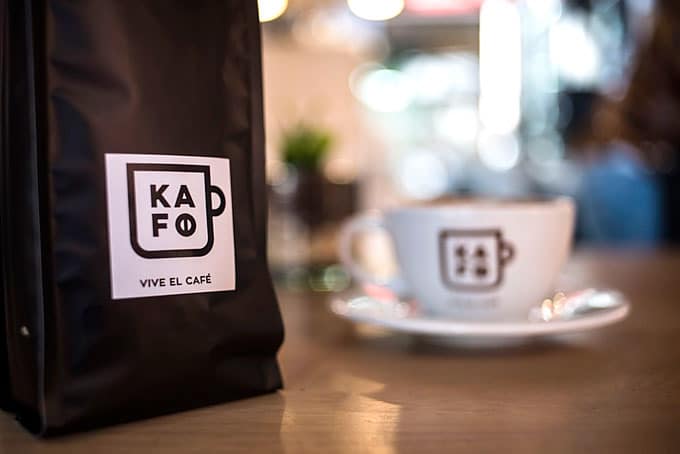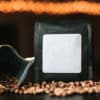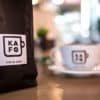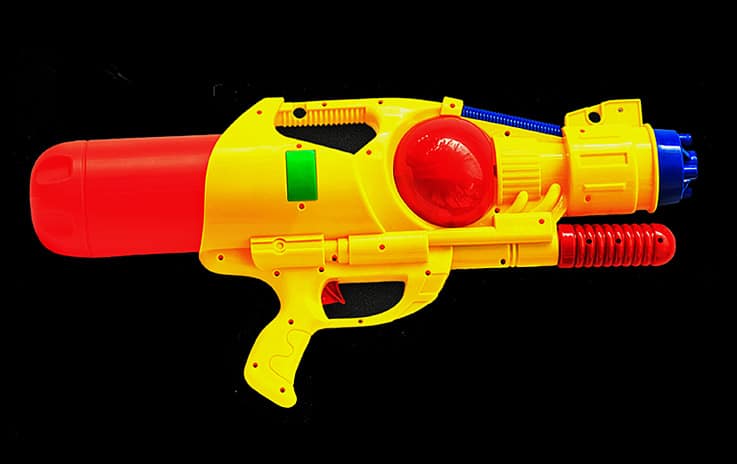words Al Woods
Of all people, coffee suppliers understand the unadulterated joy that comes with having the first cup of the day. Hot, fresh and rich – even the smell is enough to reassure someone that the rest of the day will be okay.
Proving to customers that your brand of coffee is the one they should choose, however, isn’t always as simple. This is why, it comes to selling your product, getting the packaging right is absolutely essential – both to keep your beans or grounds as fresh as possible and also to communicate your brand’s key messages in a clear, attractive way to your potential drinkers.
Here are five factors you should be taking into account.
-
The style of your bags
When it comes to coffee bags and pouches, there is a huge variety of styles, sizes and features. The most important thing is that your bag is airtight to keep your coffee fresh. You should also aim to make your bag self-standing, so whether it’s displayed on a cafe counter or a supermarket shelf, it looks presentable and professional.
Your options generally include:
- Box-bottom bags, which have a sturdy flat base and, typically, a zip-lock seal. These offer excellent branding real estate and marketing opportunities.
- Side-fold, or side-gusset coffee bags are another popular choice, as they’re cost-efficient, familiar and well-suited to larger weights. The utilitarian appearance (usually with a rolled or folded top) are also good for branding, although may topple over if knocked.
- Quad seal bags are similar to the side-fold in design, except the crispness of the seals provide better support for the bag to stand up. However, this comes at a higher price.
-
Keeping your coffee fresh
Coffee is extremely sensitive to light, oxygen, heat and moisture. It really is essential that air and moisture cannot get inside the bag, although it’s also a good idea to include a degassing valve (often incorrectly assumed to be an aroma hole) which will allow the natural build-up of CO2 escape from the bag.
Most coffee pouches now come with a metalised or pure aluminium barrier, as an aid to keeping the coffee better sealed from light. These are usually manufactured a 3-ply laminate, or an eco-friendlier 2-ply laminate made with a recyclable polyester. Alternatively, all-over printing might be sufficient to protect your grounds from sunlight through the bag’s material. There are so many factors to think about when it comes to choosing the best packaging material – take your time to consider each one.
The third step to ensuring freshness is including a way for your customers to seal the bag between uses. Metal ties can work, although zip-locks are more effective. For single-use products (like espresso machine pouches or capsules), there is no need for this.
-
Filling the bags
Do you fill your bags manually or semi-automatically? The style of bag can have a significant impact on the ease, speed and overall efficiency of getting your beans or grounds inside.
Bags that can be positioned wide enough for open-mouthed filling (like quad seal or flat bottom bags) are ideal for filling manually or semi-automatically. If you’re considering a design with a narrower opening, make sure that it’s still wide enough for a funnel scoop and that the bag opens out easily when being filled.
Of course, most modern automatic filling machines are designed to accommodate different bag styles and sizes, offering you virtually unlimited options.
-
Overall packaging style
Think about your brand and how you can express its personality through your packaging design choices.
Distinctive packaging is what will set your product apart from the competition. Taking the time to come up with a considered, eye-catching design will attract your potential customers’ attention and make your brand more memorable over time. Experiment with contrasting colour combinations, surface effects like spot UV or metallic foils, textured elements or even just distinctive shapes or sizes.
- Perfecting your labelling
Labelling might be the last thing you add to your coffee pouch (unless you opt to have it professionally printed), but don’t let be an afterthought. It needs to create a cohesive message with your brand identity while also conveying all your critical product information to your customer.
Make sure it features the origin of your coffee, its processing methods, the type of roast and date it was produced… but don’t forget that you can display this in an imaginative, engaging way. Also check how the size and tone of the label works in harmony with the rest of your bag design, complementing and contrasting to create a memorable design that consumers want to pick up off the shelf and take home.








